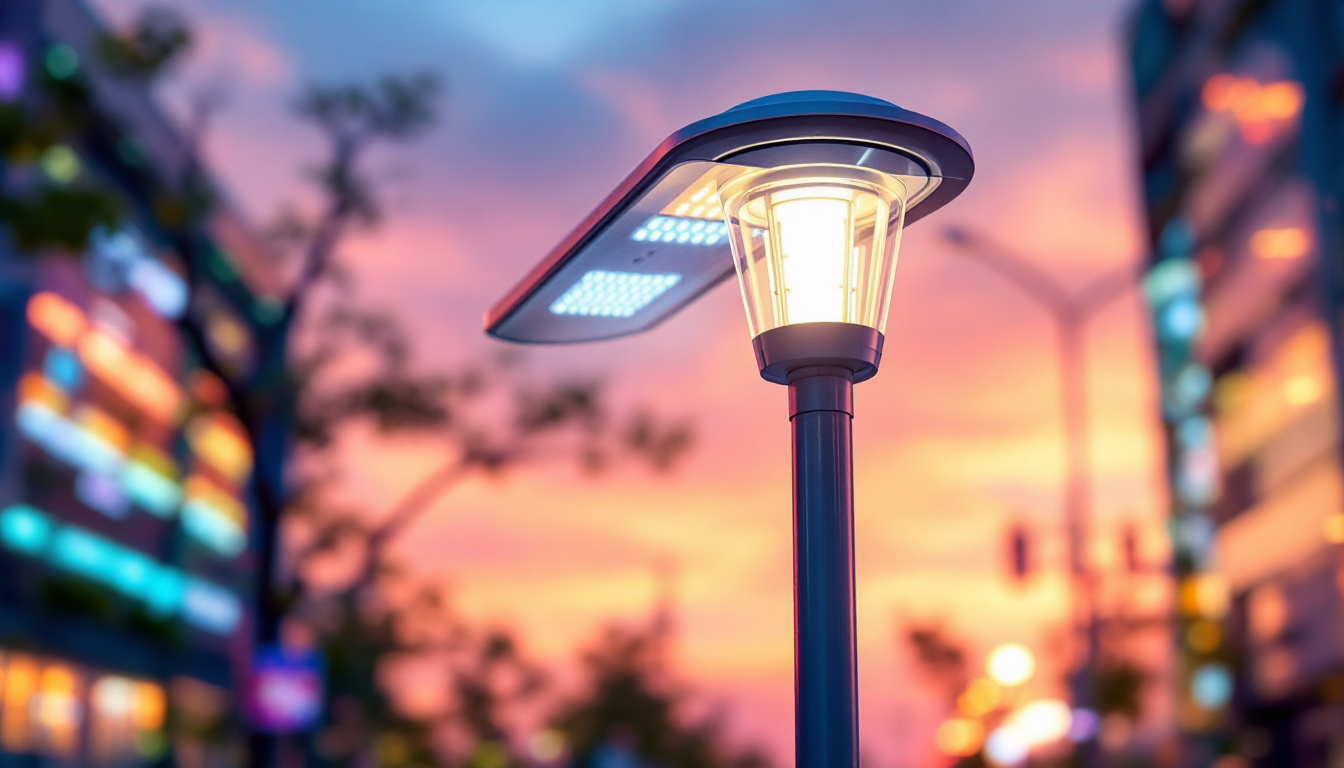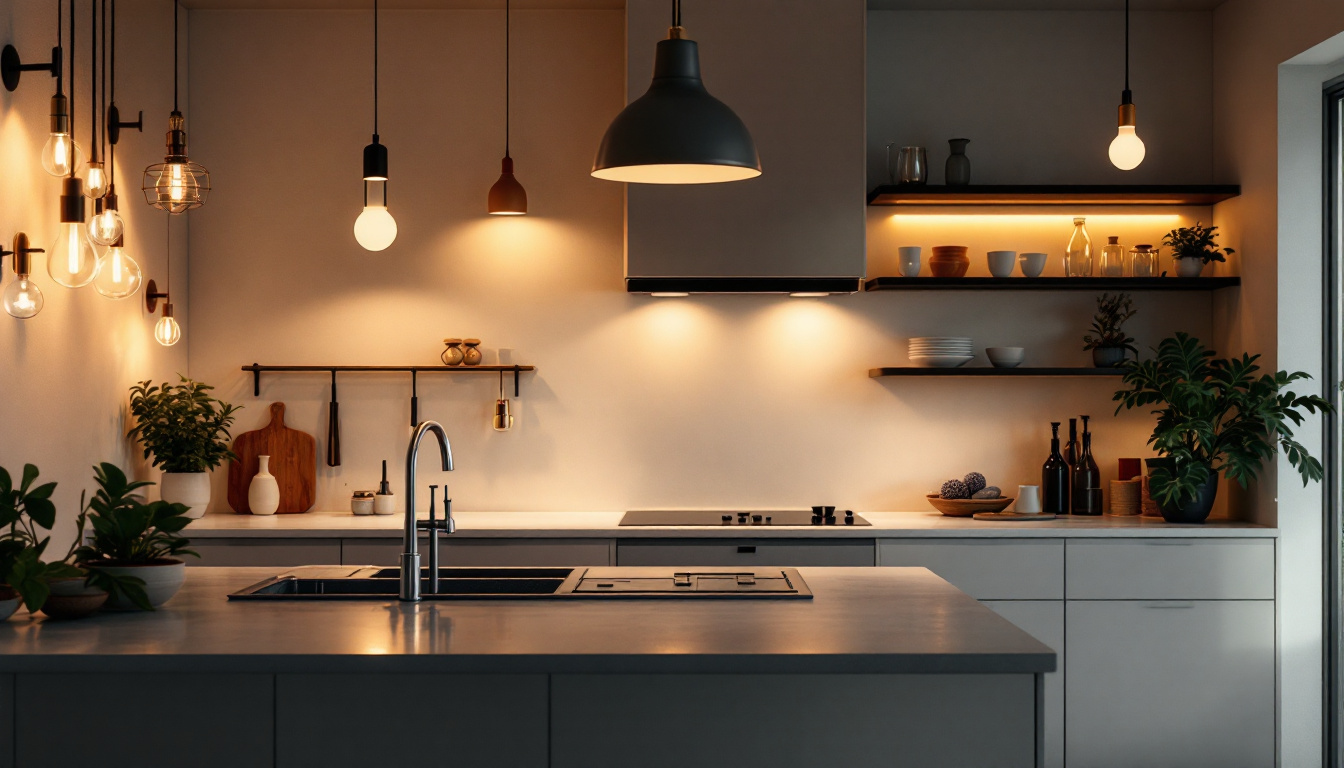
As the demand for energy-efficient lighting solutions continues to grow, LED strip lights have emerged as a popular choice for both residential and commercial applications. However, to maximize their potential, understanding the power supply requirements is essential. This guide aims to provide lighting contractors with the necessary insights into LED strip light power supplies, ensuring optimal performance and longevity of installations.
Before delving into power supplies, it’s crucial to grasp the fundamentals of LED strip lights. These flexible circuit boards are embedded with light-emitting diodes (LEDs) and are available in various colors, brightness levels, and lengths. Their versatility allows for a wide range of applications, from accent lighting to task lighting. The ability to cut and shape these strips makes them particularly appealing for DIY projects, enabling users to customize their lighting solutions to fit any space or design aesthetic.
Moreover, LED strip lights are energy-efficient, consuming significantly less power than traditional incandescent bulbs. This efficiency not only reduces electricity bills but also contributes to a lower carbon footprint, making them an environmentally friendly choice. With advancements in technology, many LED strips now come with dimmable features and smart capabilities, allowing users to control brightness and color through mobile apps or voice commands, further enhancing their usability in modern homes.
LED strip lights come in several types, each designed for specific applications. The most common types include:
LED strip lights are incredibly versatile and can be used in various settings:
In addition to these applications, LED strip lights are increasingly being integrated into smart home systems. This integration allows for automated lighting schedules, remote control, and even synchronization with music or events, making them a popular choice for tech-savvy homeowners. As the technology continues to evolve, the possibilities for LED strip lights seem endless, paving the way for innovative designs and creative uses in both residential and commercial spaces.
Power supplies are a critical component of any LED strip light installation. They convert the standard AC voltage from wall outlets into the DC voltage required by LED strips. Selecting the right power supply ensures that the strips operate efficiently and safely.
LED strip lights typically operate on low voltage, either 12V or 24V, depending on the specific product. It is essential to match the power supply voltage with that of the LED strip to prevent damage. Using a higher voltage can lead to overheating and failure of the LEDs, while a lower voltage may result in insufficient brightness.
When choosing a power supply, it’s crucial to consider the total wattage of the LED strips being used. Each LED strip will have a specified wattage per foot or meter. To determine the total wattage needed, multiply the wattage per foot by the length of the strip. It is advisable to select a power supply that exceeds the calculated wattage by at least 20% to ensure reliable performance and account for any potential power surges.
There are several types of power supplies available for LED strip lights, each with its advantages and disadvantages. Understanding these options can help contractors make informed decisions for their projects.
Constant voltage power supplies are the most common choice for LED strip lights. They provide a steady voltage output, ensuring consistent brightness across the entire length of the strip. These power supplies are available in various wattages and can be easily connected to multiple strips in parallel.
Constant current power supplies are less common but are used in specific applications where precise current control is necessary. These supplies are typically used with high-power LED strips and require careful matching to the strip’s specifications. They can be more complex to install and are usually more expensive than constant voltage options.
Switching power supplies are highly efficient and compact, making them a popular choice for LED applications. They convert AC to DC power through a high-frequency switching process, resulting in less heat generation and improved energy efficiency. However, they may introduce electrical noise, which can affect sensitive electronic devices nearby.
Proper installation of power supplies is crucial for the performance and safety of LED strip light systems. Here are some essential tips for lighting contractors to consider during installation:
Choosing the right location for the power supply is vital. It should be installed in a cool, dry area to prevent overheating. Avoid placing it in enclosed spaces without ventilation, as this can lead to reduced efficiency and potential failure. Additionally, consider accessibility for future maintenance or replacement.
Using the correct gauge of wire is essential to ensure safe and efficient power delivery. Thicker wires can handle higher currents with less voltage drop, which is particularly important for longer runs of LED strips. Contractors should also ensure that all connections are secure and insulated to prevent short circuits.
Before finalizing the installation, it is advisable to test the LED strips and power supply together. This step allows for the identification of any issues, such as flickering or dimming, which could indicate an inadequate power supply or wiring problem. Testing can save time and resources in the long run by ensuring everything functions correctly from the start.
Even experienced contractors may encounter challenges when working with LED strip light power supplies. Understanding these common issues and their solutions can facilitate smoother installations.
Voltage drop occurs when the voltage at the end of a long run of LED strip lights is lower than at the power supply. This can lead to uneven brightness, with the strips appearing dimmer at the far end. To mitigate this, contractors can use thicker wires, shorten the length of the strip runs, or install additional power supplies closer to the LED strips.
Overheating can be a significant issue if the power supply is not adequately rated for the load. To prevent this, always select a power supply with a higher wattage rating than the total wattage of the connected LED strips. Additionally, ensure that the power supply has adequate ventilation to dissipate heat effectively.
Flickering can occur due to several reasons, including incompatible power supplies or poor connections. To address this issue, check the compatibility of the power supply with the LED strips and ensure all connections are secure. If the problem persists, consider using a power supply with a higher quality output to reduce electrical noise.
The lighting industry is continually evolving, and advancements in technology are leading to new trends in LED power supplies. Staying informed about these trends can help contractors remain competitive and offer the best solutions to their clients.
With the rise of smart home technology, smart power supplies are becoming increasingly popular. These devices can be controlled remotely via smartphone apps or integrated into home automation systems, allowing for greater flexibility and customization of lighting setups. Contractors should familiarize themselves with these products to meet the growing demand for smart lighting solutions.
As energy efficiency regulations become more stringent, power supply manufacturers are focusing on developing products that meet or exceed these standards. Contractors should look for power supplies that are certified for energy efficiency, as this not only benefits the environment but can also lead to cost savings for clients in the long run.
As the push for sustainability continues, integrating LED lighting systems with renewable energy sources, such as solar panels, is becoming more common. Power supplies that can efficiently convert and manage energy from these sources will be critical in future installations. Contractors should explore options that facilitate this integration to enhance their service offerings.
Understanding LED strip light power supplies is essential for lighting contractors seeking to deliver high-quality installations. By grasping the voltage and wattage requirements, selecting the appropriate type of power supply, and adhering to best practices during installation, contractors can ensure that their projects are successful and meet client expectations. As the industry continues to evolve, staying informed about trends and advancements will further enhance the capabilities and offerings of lighting professionals.
Ready to elevate your lighting installations with the best LED strip light power supplies in the market? Look no further than LumenWholesale. Our commitment to providing contractors with spec-grade lighting products at unbeatable wholesale prices means you can trust us for all your lighting needs. With LumenWholesale, you’ll enjoy the benefits of high-quality, reliable lighting solutions without the inflated markups. Plus, our hassle-free bulk buying and free shipping ensure you get the most value for your investment. Don’t compromise on quality or price. Wholesale Lighting at the Best Value is just a click away. Experience the LumenWholesale difference today!

Discover innovative strategies to future-proof your street lighting projects.

Discover the top challenges lighting contractors face when working with recessed lighting cans.

Discover expert tips and innovative ideas in “Island Lights Kitchen: A Guide for Lighting Contractors.” Elevate your projects with creative lighting solutions that transform kitchen spaces into stunning, functional masterpieces..

Discover essential tips and strategies for lighting contractors to sidestep common pitfalls when installing highbay LED lights.